#magnon
Text
All credit to the wonderful @ferociousconscience for pointing me toward some fascinating background information and additional insights about Magnon in the cut chapter 'Further Adventures of M. Tholomyès' [source]!
This omitted section provides us with further context evidencing that, prior to her scheme involving the mômes in 1832, Magnon had been employing similar tactics and using children to manipulate circumstances to her advantage for many years. Interestingly, Hugo even draws parallels to real-life happenings of the time and briefly ties the character within a wider narrative: 'To those who would find such existences unbelievable, it suffices to respond that they are real.'

Not only do we gain newfound insight here into Magnon's deceitful past and personal affairs when she was 'hardy' and 'young', but this cut chapter also reveals just how long-standing her connection to the Thénardier family really is (a detail which is eluded to in the final novel, but never fully explained).
In fact, the focus of this chapter actually involves Magnon being lent Cosette by Monsieur and Madame Thénardier (for only 3 francs!) so that she can convince the municipal welfare office that she has a child. However, by coincidence, when making her way to the town hall with Cosette, Magnon stumbles upon the wedding ceremony of none other than Tholomyès… resulting in a heartbreaking incident where Cosette recognises her father and calls after him.
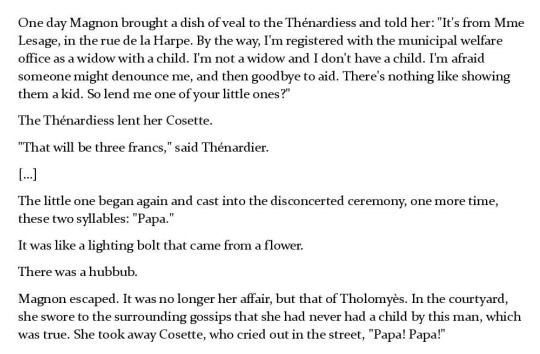
I love the deeper insight we get into Magnon's criminality and deceitfulness in these unpublished sections (which, in turn, also helps to emphasise the influence of gender and patriarchal ideals in shaping a perceived sphere of 'Women's Crime' during this period— where it was commonly assumed that women generally committed less violent but more exploitative crimes in comparison to men).
Moreover, I find this additional information about Magnon particularly interesting in light of the fact that, at one stage in the novel's drafting progress, she may have also been intended as Brujon's mother [more info here], originally being given the name La Brujon instead of La Magnon. I'm completely fascinated by the different avenues this character might have been taken if Hugo changed his mind before publication!
#magnon#les miserables#les mis#the brick#cut content#meta#the original manuscript#women and crime#historical context
45 notes
·
View notes
Text
The Thénardiers are awful and it’s horrible that they cared so little about their sons, but M Thénardier using Rousseau’s treatment of his children as a justification may be the most darkly funny thing he’s said.
The entire situation does have a dark comedic element, probably because the one being lied to is Gillenormand and because the youngest sons are treated well. Aside from the heartbreaking fact that the Thénardier children were too consumed by poverty to notice their siblings, the arrangement isn’t as bad as it could be?
It’s tragic in that they mean more as a basis of material earnings than as people, though, even to the kinder Magnon. Their parents are the first to not care, but institutions are equally cold. Thénardier is, unfortunately, right that no one’s going to look into the situation when the children are poor. That the deaths of Magnon’s actual children were only noted by her (and indirectly by her associates) is a terrible sign of how little society valued the children of the poor and of how dangerous early childhood was (an epidemic taking both of them in a day).
Worse still, they have become more of Javert’s victims, the arrests following the Gorbeau raid taking away their mother figure. It’s so sad to watch the eldest lose the note because his fingers are too cold to hold it.
21 notes
·
View notes
Text
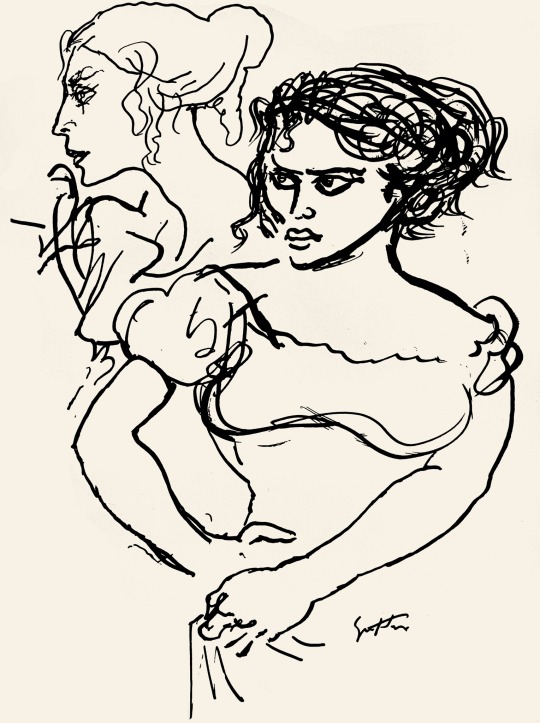
Magnon was a sort of fashionable woman in the sphere of crime. She was careful about her toilet. She shared her lodgings, which were furnished in an affected and wretched style, with a clever gallicized English thief. This English woman, who had become a naturalized Parisienne, recommended by very wealthy relations, intimately connected with the medals in the Library and Mademoiselle Mar’s diamonds, became celebrated later on in judicial accounts. She was called Mamselle Miss.
— Les Misérables, IV.VI.I
Illustrated by Renato Guttuso (Italian Edition, 1966)
164 notes
·
View notes
Text

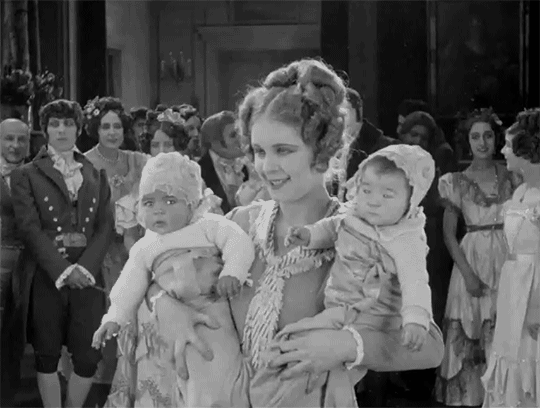


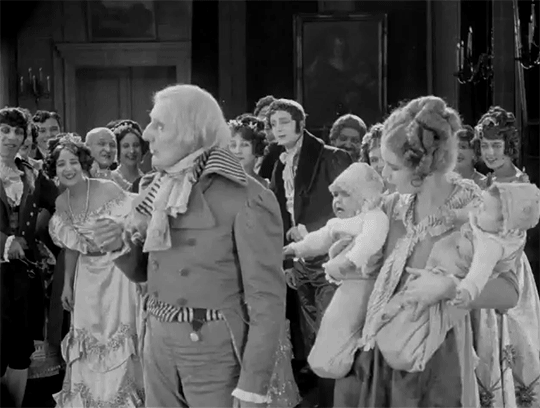






LES MIS LETTERS IN ADAPTATION - In Which Magnon and her Two Children are Seen, LM 3.2.6 (Les Miserables 1925)
One day, there was brought to him in a basket, as though it had been a basket of oysters, a stout, newly born boy, who was yelling like the deuce, and duly wrapped in swaddling-clothes, which a servant-maid, dismissed six months previously, attributed to him. M. Gillenormand had, at that time, fully completed his eighty-fourth year. Indignation and uproar in the establishment. And whom did that bold hussy think she could persuade to believe that? What audacity! What an abominable calumny! M. Gillenormand himself was not at all enraged. He gazed at the brat with the amiable smile of a good man who is flattered by the calumny, and said in an aside: “Well, what now? What’s the matter? You are finely taken aback, and really, you are excessively ignorant. M. le Duc d’Angoulême, the bastard of his Majesty Charles IX., married a silly jade of fifteen when he was eighty-five; M. Virginal, Marquis d’Alluye, brother to the Cardinal de Sourdis, Archbishop of Bordeaux, had, at the age of eighty-three, by the maid of Madame la Présidente Jacquin, a son, a real child of love, who became a Chevalier of Malta and a counsellor of state; one of the great men of this century, the Abbé Tabaraud, is the son of a man of eighty-seven. There is nothing out of the ordinary in these things. And then, the Bible! Upon that I declare that this little gentleman is none of mine. Let him be taken care of. It is not his fault.”
#Les Mis#Les Miserables#Gillenormand#Luc-Esprit Gillenormand#Les Mis Letters#Les Mis Letters in Adaptation#Les Mis 1925#Les Miserables 1925#Magnon#Mlle Gillenormand#lesmisedit#lesmiserablesedit#lesmiserables1925edit#silent film#filmedit#silentfilmedit#pureanonedits
28 notes
·
View notes
Text
What the Thénardiers really needed was contraception! There are so many various themes raised in this chapter, but I will be focusing on the topic of young children because it evokes strong emotions in me. Losing children due to epidemics, selling and buying them, children losing their home and caregivers… it’s all so heartbreaking! And it’s also disheartening that this chapter primarily highlights the cynicism of the adults involved in these transactions, rather than the cruel fate of young children.
Paradoxically, being sold to Magnon turned out to be the best thing that has happened to the two little Thénardiers: they were taken care of, and “they were treated almost like “little gentlemen,”—better by their false mother than by their real one.” It seems that buying children from the Thénardiers is a good thing, after all, especially considering that Cosette, in a sense, was also “purchased” by Jean Valjean. It’s such a dubious moral situation, as it is often the case with situations involving M Thénardier! And the Thénardiers have the audacity to compare themselves to Rousseau. Well, of course, he might have been the worst father ever, but at least he did some good things in his life, unlike the Thénardiers.
After Magnon, her roommate Mamselle Miss, and other residents are arrested by the police, no one seems to care about what will happen to children left behind. At least, Magnon, anticipating such a situation, left an address where the boys could seek help (who is M. Barge? Why not M. Gillenormand?), but the cobbler who handed the boys the paper with the address did not seem to care enough to take them there. And, of course, they lost the piece of paper: “his benumbed little fingers could not close very firmly, and they did not keep a very good hold on the paper.” I just can’t… I am not even sure that the boys were able to read what was written on it. It brings us back to the theme from the gamin digression—how poor children are often seen as dispensable.
19 notes
·
View notes
Text

M A G N O N E
104 notes
·
View notes
Text

Crow-Magnon by Matthew Grabelsky
46 notes
·
View notes
Text
Buried for millennia in the rear of a rock-shelter in the Lapedo Valley 85 miles north of Lisbon, Portugal, archaeologists uncovered the bones of a four-year-old child, comprising the first complete Palaeolithic skeleton ever dug in Iberia. But the significance of the discovery was far greater than this because analysis of the bones revealed that the child had the chin and lower arms of a human, but the jaw and build of a Neanderthal, suggesting that he was a hybrid, the result of interbreeding between the two species.
48 notes
·
View notes
Photo
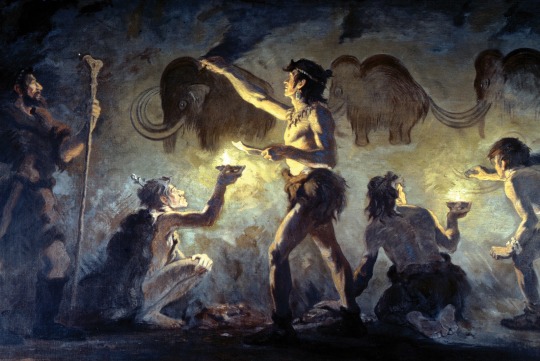
CHARLES R. KNIGHT - CRO-MAGNONS PAINTING IN THE FONT-DE-GAUME (1920)
#art#fine art#painting#illustration#prehistory#prehistoric life#cavemen#cro-magnon#cro-magnons#charles r. knight#paleoart
25 notes
·
View notes
Text

Montparnasse and Magnon in Les Misérables (1982) [Source]
Please note that the archive source incorrectly labels the characters in this still as La Thénardier and Gavroche, which makes me giggle.
#montparnasse#magnon#love the presence of Magnon— and her unique role— in this particular adaptation!#I’ve (unofficially) decided that the two other women in this picture are Fauntleroy and Les-pieds-en-l’air respectively#les miserables#les mis#lm 1982#adaptations
25 notes
·
View notes
Text
was making gifs & discovered my new fave pastrami pic:

one fugue state later:

#oo-oo-aa-aa#he's really giving cro magnon here. serving up a side of neanderthal#NOTHING I love more than a man who looks like the missing link#god. need him carnally#[redacted] and then [redacted] and [REDACTED] [REDACTED] [REDACTED] and then [REDACTED]. anyway#peter strahm#sawposting#mine
13 notes
·
View notes
Text


tagged by @veeples to make some ocs in this meiker 🫶
left: ines delarosa (vtmb) - right: jo magnon (original)
and not tagging anyone since this is a tad late but if anyone wants to do it feel free to do so and tag me to see too!!
#ines is my drama queen metal singer vampire girlie and jo is my skeptical tech savvy paranormal researcher <:#dollmaker shenanigans#oc: ines delarosa#oc: jo magnon
11 notes
·
View notes
Text

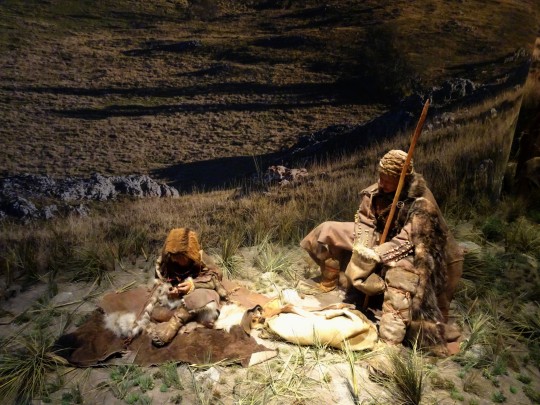

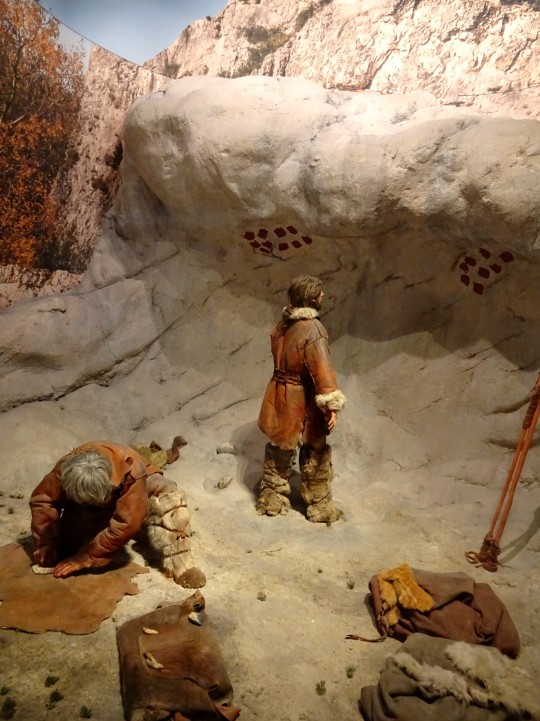



La semaine dernière, j'ai retrouvé mes amis Julien et Katie à Remoulins dans le Gard (Languedoc). On est allés à Vallon-Pont-d'Arc (Ardèche) visite la réplique de la fameuse Grotte Chauvet dont les peinture rupestres datent de l'aurignacien.
Après la grotte, une galerie où sont restitués les êtres vivants dans les steppes de la région, pendant l'Aurignacien : alternés, voici Homo sapiens, Megaloceros giganteus (le Mégacéros) et Ursus spelaeus (l'Ours des Cavernes)
#vallon-pont-d'arc#ardèche#chauvet#chauvet 2#grotte chauvet#préhistoire#aurignacien#homme préhistorique#cro-magnon#homo sapiens#ursus spelaeus#ours#ours des cavernes#megaloceros giganteus#mégécéros#taxidermie#fossile
13 notes
·
View notes
Photo

No Time To Waste.
When procrastination was dangerous.
27 notes
·
View notes
Link
An international research team led by the Helmholtz-Zentrum Dresden-Rossendorf (HZDR) has developed a new method for the efficient coupling of terahertz waves with much shorter wavelengths, so-called spin waves. As the experts report in the journal Nature Physics, their experiments, in combination with theoretical models, clarify the fundamental mechanisms of this process previously thought impossible. The results are an important step for the development of novel, energy-saving spin-based technologies for data processing.
"We were able to efficiently excite high-energy spin waves using terahertz light in a sandwich-like material system consisting of two metal films a few nanometers thick, with a ferromagnetic layer sandwiched in between," says Dr. Sergey Kovalev of the Institute of Radiation Physics at HZDR, where the experiments were conducted. Electrons have an effective spin which behaves like a spinning top. And like a gyroscope, an external perturbation can tilt the spin's axis of rotation: A gyroscopic motion, called precession, follows suit. In ferromagnetic materials, there is a very strong interaction between the electron spins, and as a result, a precession started locally continues in the form of a spin wave throughout the ferromagnetic material layer. This is interesting because a spin wave -- like any wave -- can be used as an information carrier. While each electron spin is in motion, in the ferromagnets considered it remains in its position in the atomic lattice, therefore no current flow is involved. So, unlike in today's computer chips, there are no heat losses due to currents in spin-based devices.
Read more.
#Materials Science#Science#Magnetism#Terahertz#Spintronics#Ferromagnetism#Magnons#Photons#Optics#Light#Quantum mechanics
16 notes
·
View notes